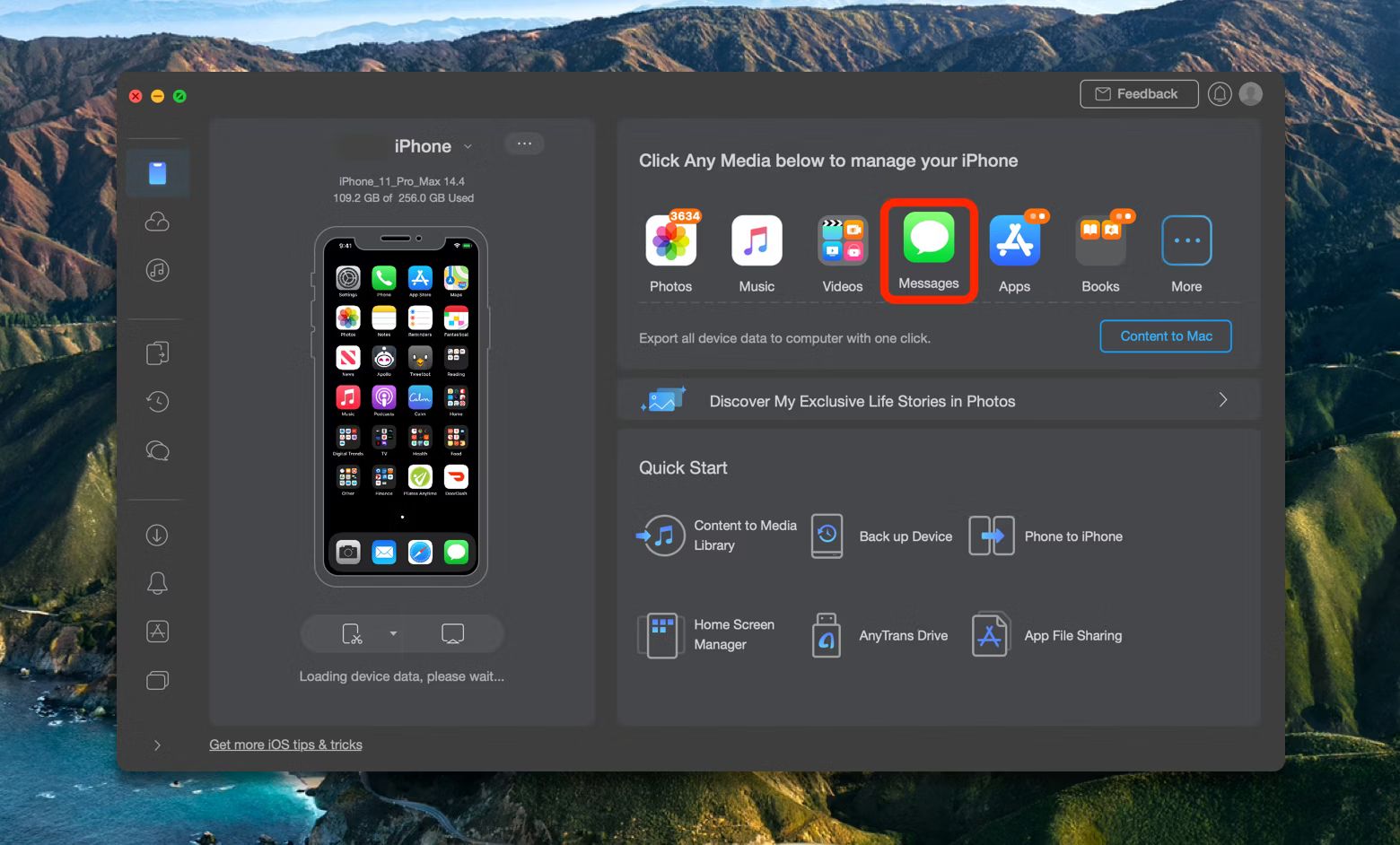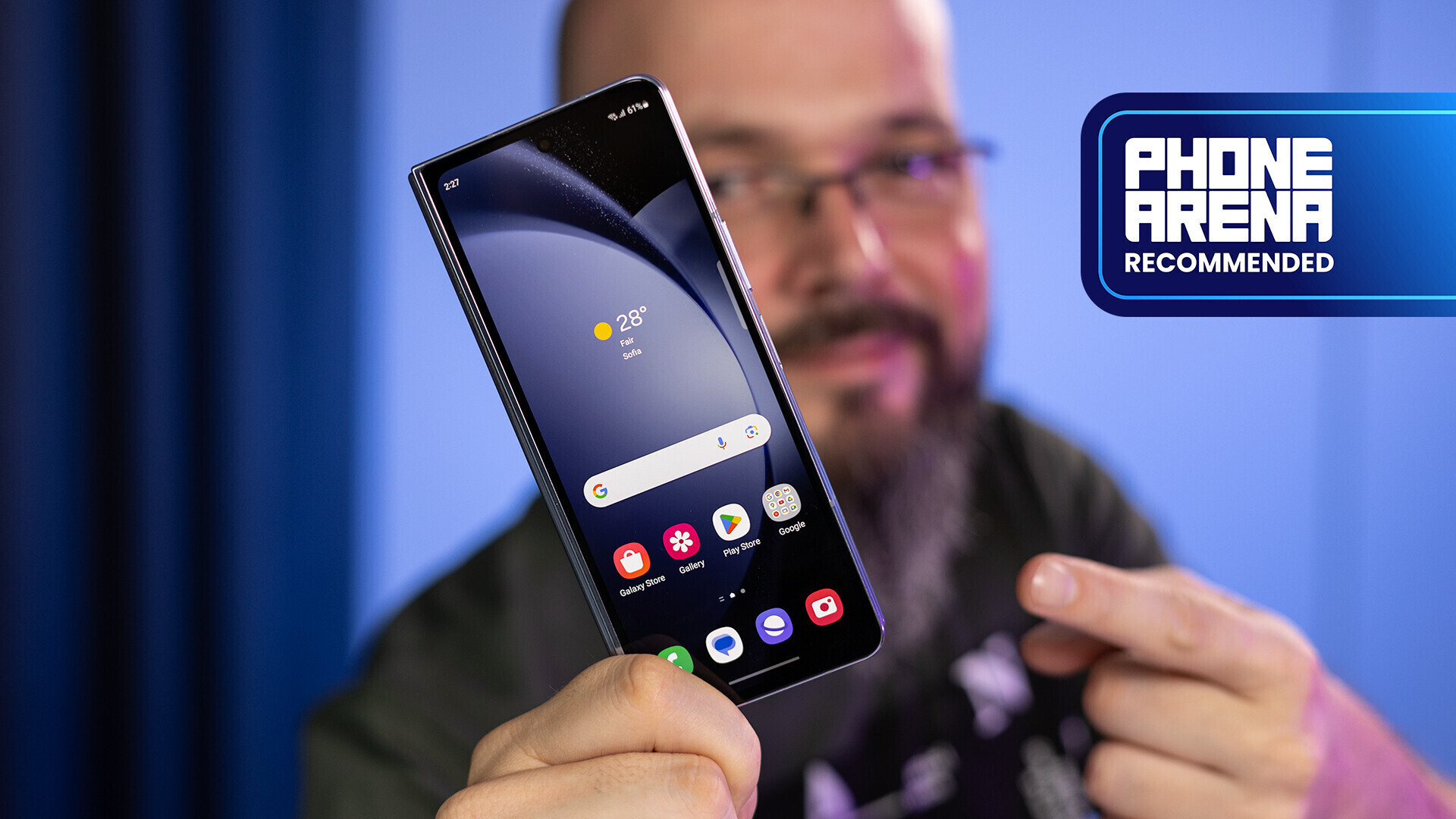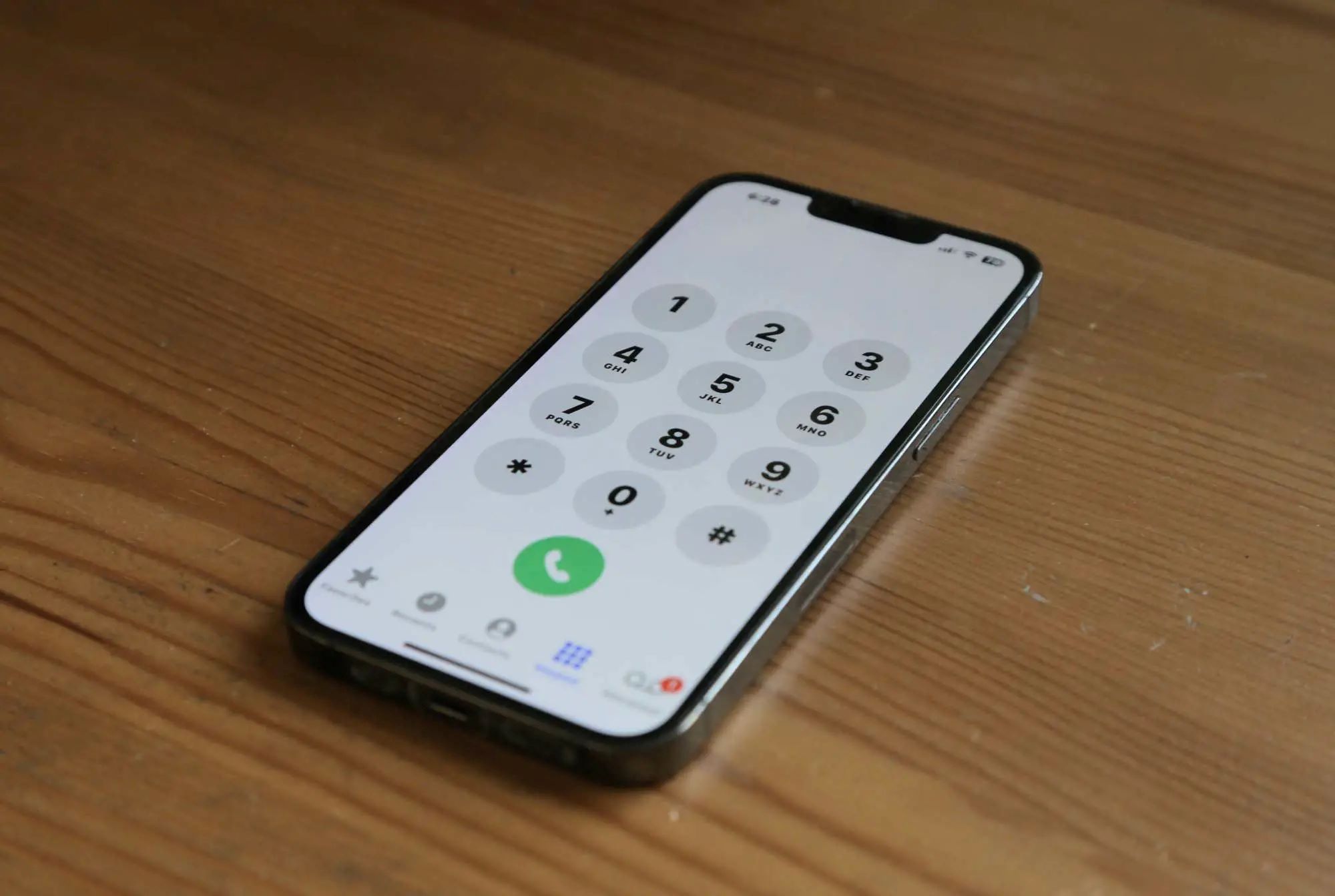Introduction
Downloading a text message from your cell phone may seem like a challenging task, but with the right guidance, it can be a simple and straightforward process. Whether you need to save important messages for legal or personal reasons, or you simply want to keep a digital copy for reference, this article will provide you with step-by-step instructions on how to download a text message from your cell phone.
Text messages have become an integral part of our daily communication, containing valuable information and sentimental messages. Hence, it’s essential to know how to save and preserve them. By following the method outlined in this article, you will be able to download and save text messages from various messaging apps, such as WhatsApp, Messenger, or iMessage.
Before we dive into the steps, it’s important to mention that different cell phone models and operating systems may have slightly different procedures. However, the overall concept remains the same – accessing the text message and saving it as a file. So, let’s get started on our journey to successfully download your treasured text messages!
Step 1: Determine the messaging app
The first step in downloading a text message from your cell phone is to determine the messaging app that you are using. Different messaging apps have different methods for saving and exporting text messages, so it’s important to identify the specific app you are using before proceeding.
If you are unsure which messaging app you are using, here are a few common ones:
- WhatsApp: WhatsApp is a popular messaging app that allows you to send and receive text messages, photos, videos, and voice notes.
- Messenger: Messenger is the messaging app associated with Facebook, allowing you to chat with your Facebook friends.
- iMessage: iMessage is the default messaging app for Apple devices, including iPhones, iPads, and Macs.
Once you have identified the messaging app you are using, you can proceed to the next step. It’s worth noting that these instructions may vary slightly depending on the version of the app you are using or the operating system of your cell phone. However, the general process remains similar across most messaging apps.
If you are using a different messaging app than the ones mentioned above, don’t worry. The fundamental steps in downloading a text message are similar across most messaging apps. We will guide you through the process in the upcoming steps, so you’ll be able to download your text message regardless of the app you are using.
Step 2: Open the messaging app
Now that you have determined which messaging app you are using, it’s time to open the app on your cell phone. Locate the app icon on your home screen or in your app drawer and tap on it to launch the messaging app.
Depending on your cell phone model and operating system, the messaging app icon may vary in appearance. Common icons include speech bubbles, envelopes, or the app’s logo. If you are having trouble finding the app, you can use the search function on your cell phone to quickly locate it.
Once the messaging app is open, you should see your conversation threads or a list of your recent messages. This is the interface where you can view and access your text messages. Take a moment to familiarize yourself with the app’s layout and navigation, as it may vary slightly depending on the specific messaging app you are using.
If you are using WhatsApp, for example, you will see a list of your chats, grouped by contacts or groups. If you are using Messenger, you will see a list of your conversations with friends. And if you are using iMessage, you will see a list of your text message threads with other iPhone or Apple device users.
Once you have opened the messaging app and are able to view your text messages, you are ready to move on to the next step. In the following steps, we will guide you through the process of selecting and downloading the specific text message you want to save.
Step 3: Select the text message
After opening the messaging app on your cell phone, the next step is to select the text message that you want to download. Depending on the messaging app you are using, the process for selecting a specific text message may vary slightly, but the general idea remains the same.
In most messaging apps, you will find a list of your conversations or message threads. Scan through the list and locate the conversation that contains the text message you wish to download. Tap on that conversation to open it.
Once you have opened the conversation, you will see a chronological list of messages exchanged between you and the other person or group. Scroll through the messages until you find the specific text message you want to download.
To select the text message, tap and hold on the message bubble. In some messaging apps, a menu or options bar may appear at the top or bottom of the screen with various actions you can take with the selected message. Look for options such as “More,” “Forward,” or “Save.” Tap on the appropriate option that allows you to save or export the text message.
It’s important to note that not all messaging apps have a built-in feature to save or export individual text messages. In such cases, you may need to explore alternative methods, such as taking a screenshot of the text message or using third-party apps specifically designed for saving text messages.
If you are unable to find a direct option to save or export the text message within the messaging app, try searching online or reaching out to the app’s support team for assistance. There are often alternative methods or workarounds available to ensure you can download and save your text messages.
Once you have successfully selected the text message you want to download, it’s time to proceed to the next step, where we will guide you through the process of actually downloading and saving the text message.
Step 4: Download the text message
Now that you have selected the text message you want to download, it’s time to proceed with the actual downloading process. The method for downloading a text message may vary depending on the messaging app you are using, but we will provide some general guidelines.
If the messaging app you are using has a built-in feature to save or export text messages, follow the prompts or options provided within the app. Look for options such as “Save,” “Export,” or “Download.” Tap on the appropriate option to initiate the download process.
In some cases, you may be given the choice to save the text message as a file or to send it directly to another app or service. If you are given the option to choose, consider your needs and preferences. Saving the text message as a file gives you more flexibility to access and share it later, while sending it to another app or service may be convenient if you have a specific purpose in mind, such as printing the message or emailing it to someone.
If the messaging app does not have a built-in feature to download text messages, don’t worry. There are alternative methods you can explore to save the message. One option is to take a screenshot of the text message. On most cell phones, you can capture a screenshot by pressing a combination of buttons, such as the power button and volume down button. Once you have taken the screenshot, it will be saved as an image in your photo gallery.
Another option is to use third-party apps or services specifically designed for saving text messages. These apps typically provide additional features and options for managing and organizing your text messages. You can search for such apps in your app store or conduct an online search for recommendations.
Once you have successfully downloaded the text message, you are one step closer to preserving your valuable communication. Next, we will guide you through the process of saving the downloaded text message as a file.
Step 5: Save the text message as a file
After successfully downloading the text message, the next step is to save it as a file on your cell phone. Saving the text message as a file ensures that you have a standalone copy that you can access and share whenever needed. The process for saving a text message as a file may vary depending on your cell phone model and the options available within the messaging app you are using.
If the messaging app has a built-in option to save the text message as a file, follow the prompts or options provided. You may be able to choose the file format, such as PDF or plain text, and specify the location where you want to save the file on your cell phone’s storage.
If the messaging app does not have a built-in option to save as a file, you can still save the message by using alternative methods. For example, if you took a screenshot of the text message, the screenshot will be saved as an image file in your photo gallery. You can further save this image file to a specific folder on your cell phone or transfer it to your computer for safekeeping.
Alternatively, if you are using a third-party app or service to save text messages, follow the instructions provided within the app to save the message as a file. These apps often offer more options for file formats and provide additional features like organizing and labeling your saved messages.
When saving the text message as a file, it’s important to choose a file name that is descriptive and easy to identify. This will make it easier for you to locate and access the saved text message in the future. Consider including relevant details such as the date, time, and the sender or recipient’s name in the file name.
Remember to save the text message in a location on your cell phone that is easily accessible and secure. If possible, create a dedicated folder for storing your saved text messages to keep them organized and separate from other files on your cell phone.
Once you have successfully saved the text message as a file, you are ready to proceed to the final step: transferring the file to your computer for further backup or archival purposes.
Step 6: Transfer the file to your computer
After saving the text message as a file on your cell phone, the final step is to transfer the file to your computer for further backup or archival purposes. Transferring the file to your computer ensures that you have an additional copy of the text message in a secure location outside of your cell phone.
There are several methods you can use to transfer the file from your cell phone to your computer:
- USB cable: Connect your cell phone to your computer using a USB cable. Your computer should recognize the device and display it as a removable storage device. Navigate to the folder where you saved the text message file on your cell phone and copy it to a desired folder on your computer.
- Cloud storage: If you have cloud storage services like Google Drive, Dropbox, or iCloud set up on both your cell phone and your computer, you can upload the text message file to the cloud storage from your phone and then access and download it from your computer.
- Email: Attach the text message file to an email and send it to yourself. Open the email on your computer and download the attachment.
- File-sharing apps: If you have file-sharing apps or services like Bluetooth or AirDrop on your cell phone and computer, you can transfer the file wirelessly between the devices.
Choose the method that is most convenient for you and aligns with the available options and capabilities of your cell phone and computer. Regardless of the method you choose, ensure that the file transfer is successful and that you can locate the text message file on your computer.
Once the file is safely transferred to your computer, consider creating a backup copy and storing it in a secure location, such as an external hard drive or cloud storage service. This additional backup ensures that you have a redundant copy of the text message in case of any unforeseen data loss or device failure.
Congratulations! You have completed all the necessary steps to successfully download and transfer a text message from your cell phone to your computer. By following these steps, you have ensured that your valuable text message is saved as a file and securely backed up for future reference or archival purposes.
Conclusion
Downloading a text message from your cell phone might have seemed like a daunting task, but with the step-by-step guide provided in this article, you can easily save and preserve your important messages. By determining the messaging app, opening it, selecting the text message, downloading it, saving it as a file, and finally transferring it to your computer, you have successfully safeguarded your valuable communication.
Remember, each messaging app may have slight variations in the process, but the overall concept remains the same. Whether you’re using WhatsApp, Messenger, iMessage, or any other app, you can adapt the steps to suit your specific app and device.
By saving your text messages as files, you can access and refer to them whenever needed. Additionally, transferring these files to your computer provides an extra layer of security and backup, protecting your messages from potential loss or data corruption on your cell phone.
It’s important to note that regularly backing up your cell phone, including text messages, is a good practice to ensure the safety of your data. Consider implementing automated backups or exploring apps and services that can assist in this process.
Now that you have successfully learned how to download a text message from your cell phone and safeguard it on your computer, you have taken an important step in preserving your digital communication. Whether it’s for legal purposes, sentimental value, or simply for organizational reasons, having a backup of your text messages can provide peace of mind and enable you to easily access and share important information when needed.
So, the next time you have a memorable conversation, important information, or a cherished message that you want to save, remember these steps and take the necessary actions to download and secure your text messages.

























